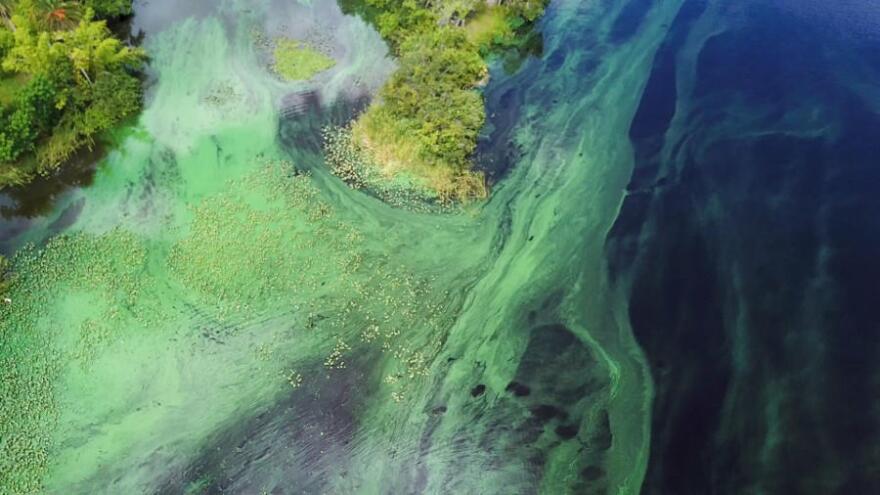The severity of last year’s dual toxic algae blooms have raised awareness among the public for a need to find real solutions to these persistent problems. While the causes are a complicated knot that won’t be easily untangled, there does seem to be a bipartisan consensus to work to find real solutions.
One aspect of what unfolded over the last year or so that’s now drawing attention is the possible health effects exposure to airborne toxins produced by blue-green algae, also known as cyanobacteria. Reporting by the News Press uncovered the lack of communication with the public from the Florida Department of Health, and a lack of coordination when it came to a robust response. On today’s show we’re going to learn about a new effort that’s arising from the public to try to find out exactly how big the public health threat might be, and what can be done to reduce it going forward.
I’m joined in studio by Howard Simon, he is the recently retired Executive Director of the American Civil Liberties Union of Florida, who is now coordinating with a team of scientists on what’s called the “Project to Clean Up Okeechobee Waters.” And from the studios of WOSU at Ohio State University we’re joined by Dr. Bill Mitsch, he is Director of the Everglades Wetland Research Park, an Eminent Scholar, and Juliet C. Sproul Chair for Southwest Florida Habitat Restoration and Management at Florida Gulf Coast University. And we’re joined on the line by Dr. Larry Brand, he is Professor of Marine Biology and Ecology at the University of Miami, and has studied the health impacts of blue-green algae toxins.



